Coronavirus: American scientists caught up in Wuhan web of intrigue
Senior US personnel have been involved with the Wuhan Institute of Virology, even visiting coronavirus research labs.
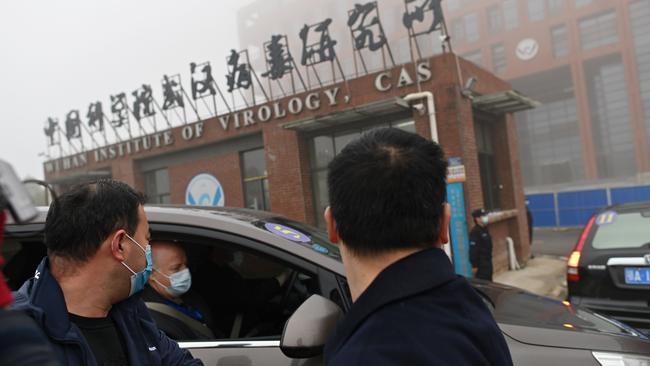
Inside America’s highly secretive biological research site at Fort Detrick, Maryland, are biosafety level-four laboratories.
Soldiers guard the premises that house America’s bio-defence agency, the US Army Medical Research Institute of Infectious Diseases.
It’s the last place on Earth you would expect to have developed ties with Wuhan Institute of Virology researchers who, in turn, are engaging in secret Chinese military activity.
An investigation by The Australian has revealed senior personnel at USAMRIID — its chief science officer, a laboratory director, a former commander and a research contractor — have been involved with the Wuhan Institute of Virology, even visiting its laboratories where risky research on coronaviruses took place.
China’s attempts to deflect attention from the Wuhan laboratory by claiming Covid-19 arrived in the city through frozen food or originated in a US military laboratory have been denounced as false conspiracy theories.
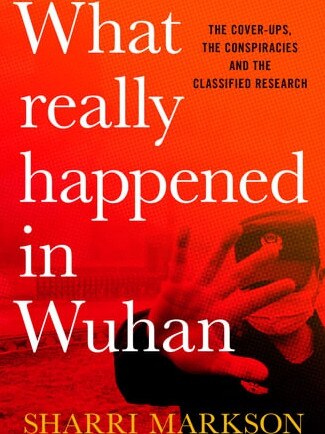
Revelations about US scientific links to the Wuhan Institute of Virology feature in an upcoming investigative book on the origins of Covid-19, What Really Happened In Wuhan, to be published by HarperCollins. They include the extent of the scientific community’s ties to the Wuhan Institute of Virology, which, according to declassified intelligence released by the US, was conducting secret projects for the Chinese military.
National Institute of Allergy and Infectious Diseases director Anthony Fauci has come under pressure for providing $US13m in funding to a not-for-profit organisation, EcoHealth, with $US598,500 funnelled through to the Wuhan Institute of Virology.
The institute also had strong ties to Australia’s level-four laboratory in Geelong.
The emergence of various scientific links have shed light on the reticence in the scientific community to call for an investigation into a possible laboratory origin for Covid-19 throughout 2020.
This month, a group of international virologists, biologists and immunologists — including the Wuhan Institute of Virology’s Centre for Emerging Infectious Diseases director Shi Zhengli’s closest American collaborator, the University of North Carolina’s Ralph Baric — were signatories to a letter calling for an inquiry to examine both natural genesis and an accidental laboratory leak.
USAMRIID’s former chief scientific officer, Sina Bavari, sits on the editorial board of Dr Shi’s virology journal, Virologica Sinica, and has visited the Wuhan Institute of Virology for a board meeting. Bavari said he didn’t go into the BSL-4 laboratory at the Wuhan Institute of Virology, which was not open at the time of his 2015 visit, but ventured inside the lower-security, level-three laboratory where Shi was conducting coronavirus research.
Asked about the biosafety standards inside the laboratory, Bavari said: “Oh, my God, that was like seven years ago, so I don’t remember a darn thing. I was jet lagged and I got there two days after I was supposed to get there because of some screw ups with my flights and so on. So I don’t really remember much about that trip. They actually gathered a bunch of virologists together and it was the editorial board of the journal actually. They’re all invited to come there and give presentations, interact with the students, things like that. I remember being in a place walking around, but I don’t remember the details.”
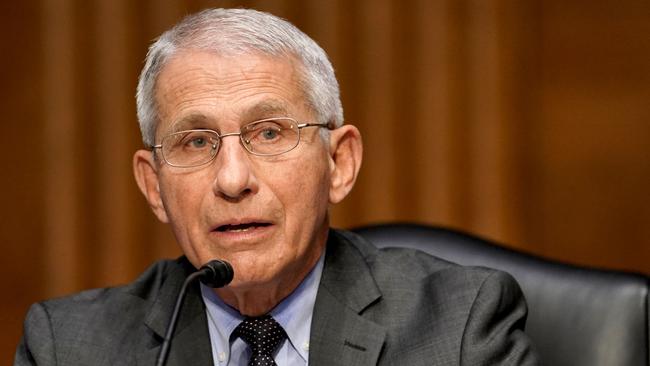
Trip to Mozambique
Bavari joined USAMRIID in 2011 and became chief scientific officer in September 2014. His five-year term expired in September 2019, according to his CV. Before he left, Bavari had agreed to attend an emerging infectious diseases conference with Shi in September 2019, in Tofo, Mozambique. Shi was a speaker and Bavari, who sat on the scientific committee, was planning to give a talk.
Bavari had paid for his flights and organised his Mozambique visa when he withdrew from the conference 10 days before, emailing organisers to apologise and offer to give his lectures by FaceTime or WhatsApp.
Bavari originally told The Australian he did attend the conference, saying Shi gave a presentation on bat coronaviruses and that he hadn’t noticed anything unusual about her that week. “There was nothing that rang any bells,” he said. Five days later, Bavari said he remembered that he had attended in 2018, not 2019. It does not appear that Shi flew to Tofo in 2018.
Shi did attend the 2019 conference, held from September 1 to 5. She gave a coronavirus presentation, according to another conference participant, who described her as friendly and sociable.
A week later, on September 12, the Wuhan Institute of Virology virus database was taken offline. It has not been published since and has not been made available to World Health Organisation investigators, who did not ask for it during their Wuhan visit earlier this year. Shi has claimed the virus database was taken offline after 3000 hacking attempts.
Last Friday, the Wuhan Institute of Virology disclosed the genomic sequences of eight new viruses that were the second, third, fourth, fifth, sixth, seventh, eight and ninth genetically closest viruses to SARS-CoV-2. Their full sequences were only disclosed on May 21, even though the viruses were obtained from a mine in Mojiang in 2015 – the same mine where RaTG13, a virus that shares a 96 per cent sequence identity with Covid-19, was found.
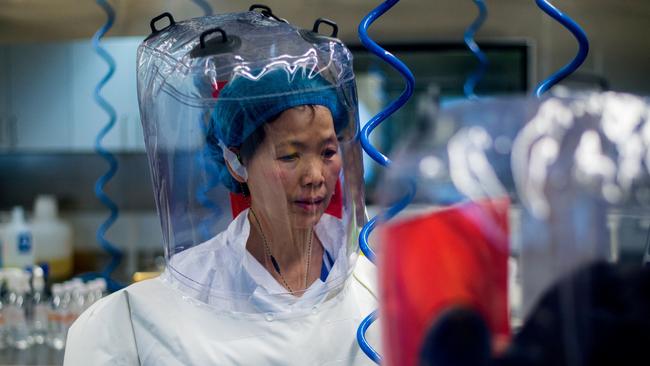
Inside the Wuhan labs
Bavari wasn’t the only senior figure from USAMRIID to visit the Wuhan Institute of Virology.
In October 2018, a senior USAMRIID laboratory director flew to the institute to give a presentation on ebola in the facility’s No. 1 conference room.
The laboratory director was presented with a commemorative medal on behalf of the institute, according to a write-up of the visit.
And at a hotel in central Wuhan in May 2017, a former commander at USAMRIID participated in a workshop with the institute’s top scientists. The workshop was called the “Second China-US Workshop on the Challenges of Emerging Infections, Laboratory Safety and Global Health Security”.
Gain-of-function research, laboratory risks and gene editing were key topics during the conference held from May 17-19.
Shi and George F. Gao, the director at the Chinese Centre for Disease Control and Prevention, gave presentations at the conference hosted by China’s Academy of Sciences and attended by the director of Wuhan Institute of Virology BSL-4 laboratory, Yuan Zhiming.
A meeting report stated that the US commander “discussed the evolution of biosecurity thinking in the US, noting only one accidental death — and not from a true select agent — is associated with the US Select Agent program (and three deaths before 1969 when the US offensive biological program was halted)”.
“He compared that to more than 700,000 hospital-acquired infections and 400,000 deaths due to medical mistakes in recent years,” the report said.
The commander said there was no single solution to eliminating bio-safety incidents but international collaboration would help. Stanford University professor David Relman, who also attended this conference, said they visited the newly built BSL-4 laboratory but it “was not yet active, and there were no experiments taking place with BL3/BL4 agents”.
“These discussions were cordial and useful insofar as they provided an opportunity to develop at least some superficial working relationships,” Relman said. “I didn’t hear about anything in particular that concerned me, but that wasn’t surprising since the presentations and comments on both sides were somewhat pre-planned and a bit orchestrated.”
The virus journal
The editorial board of Shi’s journal consists of People’s Liberation Army members, a virologist who was kicked out of Canada for security breaches, the director of China’s Centre for Disease Control, many esteemed international scientists and two employees at USAMRIID.
Bavari sits on the editorial board, as does Jens Kuhn, the virology lead at Fauci’s National Institute of Allergy and Infectious Diseases and a contractor under Fort Detrick’s “Integrated Research Facility Leadership and Scientists” program.
Gao, the Chinese Centre for Disease Control and Prevention director, is also on Shi’s journal board, along with Yong-Zhen Zhang, the scientist responsible for sharing the gene sequence of Covid-19. Another member is connected to the PLA. Yi-Gang Tong was previously director of the Institute of Microbiology and Epidemiology of the Academy of Military Medical Science, which sits under the PLA.
Pathogens in the mail
One concerned member of the editorial board is award-winning virologist Xiangguo Qiu, who was escorted out of a Canadian laboratory in July 2019 after being caught sending deadly virus samples back to the Wuhan Institute of Virology. Qiu, her husband Kedin Cheng and her students from China were removed from Canada’s only BSL-4 laboratory amid an official investigation.
Four months earlier, a shipment containing highly virulent viruses — ebola and nipah — were sent from her laboratory to China. It was reported that the Wuhan Institute of Virology had requested the shipment.
Chemical and biological warfare specialist Dany Shoham, from the Begin-Sadat Centre for Strategic Studies, wrote an article claiming Qiu had made at least five trips over the academic year 2017-18 alone to the Wuhan National Biosafety Laboratory at the Wuhan Institute of Virology.
Qiu had also done joint research with USAMRIID on ebola, which was received by Nature in October 2018.
Bavari denied there was any connection between USAMRIID and the Wuhan Institute of Virology. “US Army Medical Research Institute of Infectious Diseases, where I was the chief science officer there, has no connection whatsoever to Wuhan Institute of Virology or any other institute in China,” Bavari said.
“Being on an editorial board of a journal is not the same as helping a Chinese institute of this and that to do something. They’re just two different things.”
He also played down the visits by other researchers to the Wuhan Institute of Virology.
“So at the institute they may have friends there, OK, they’re Chinese, so absolutely, that (visits) had happened, I have no doubt,” he said. “But officially, to say that USAMRIID itself was actually collaborating, for example, with Chinese Institute of Virology, or Wuhan Institute, that’s just not true. We absolutely had no connection to them whatsoever. Not under my watch.”
Stolen research
Fort Detrick scientists became the suspected victims of intellectual property theft from scientists at the Wuhan Institute of Virology.
In collaboration with Gilead Sciences of Foster City, they had success in 2015 with a treatment that blocked the ebola virus’s ability to replicate. The treatment was an antiviral compound called GS-5734 that became known as Remdesivir. Bavari was one of the scientists behind this antiviral treatment. The drug was touted as a potential treatment option for Covid-19 five years later.
The patent for commercial use of Remdesivir was filed in China. The application was made by the Wuhan Institute of Virology.
The institute lodged the patent application on January 21, 2020 — one day after China confirmed human-to-human transmission of the virus, The Daily Mail reported.
Asked about this, Bavari said he was not aware the Wuhan Institute of Virology had lodged the patent for Remdesivir.
USAMRIID did not respond to requests for comment.
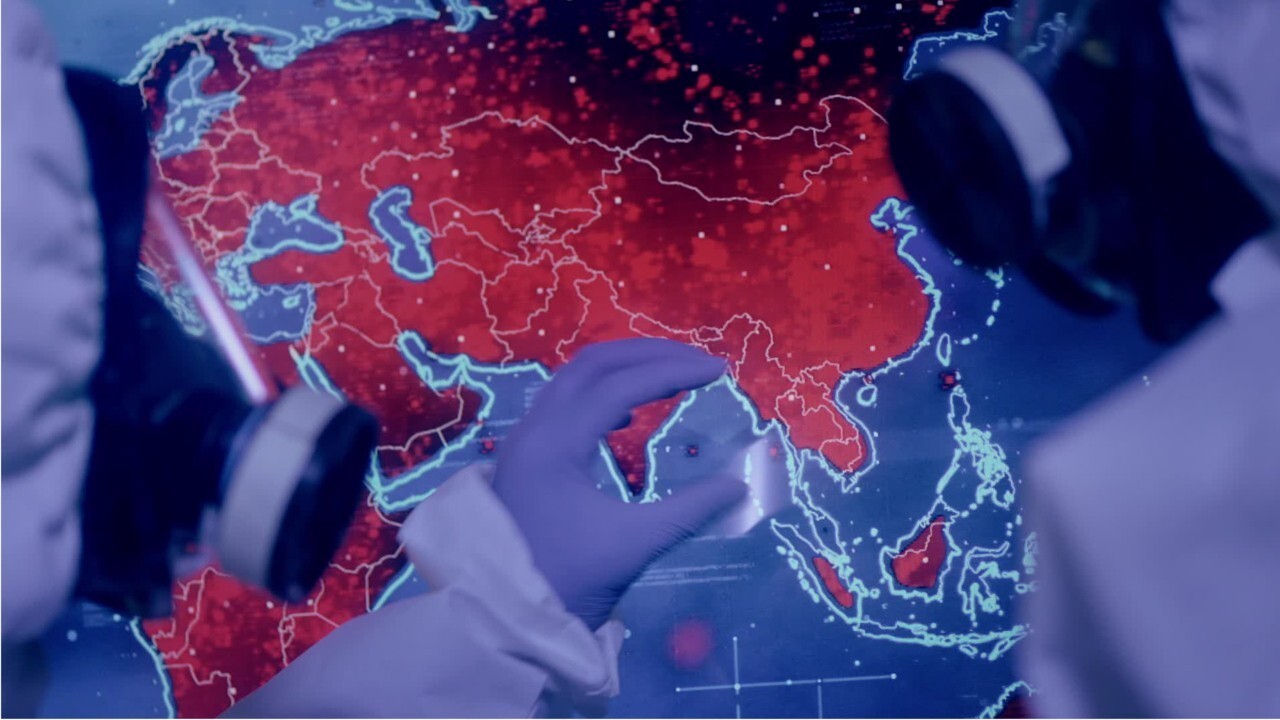
What Really Happened In Wuhan by Sharri Markson will be published by HarperCollins in September and is available for pre-order from Booktopia now.


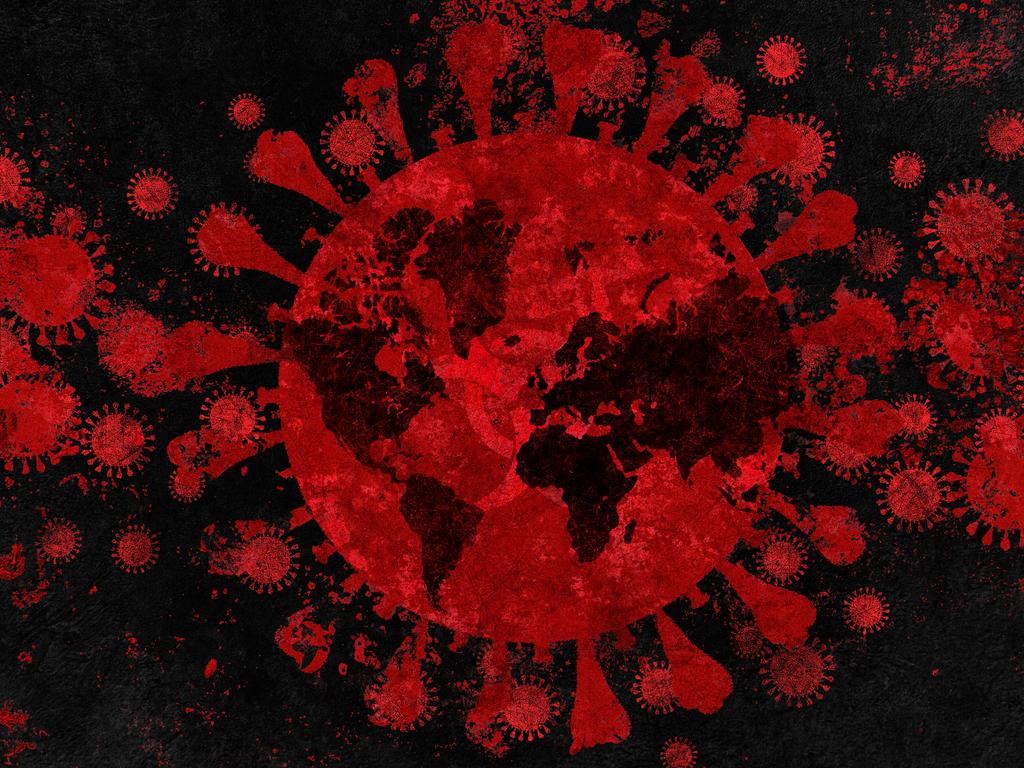
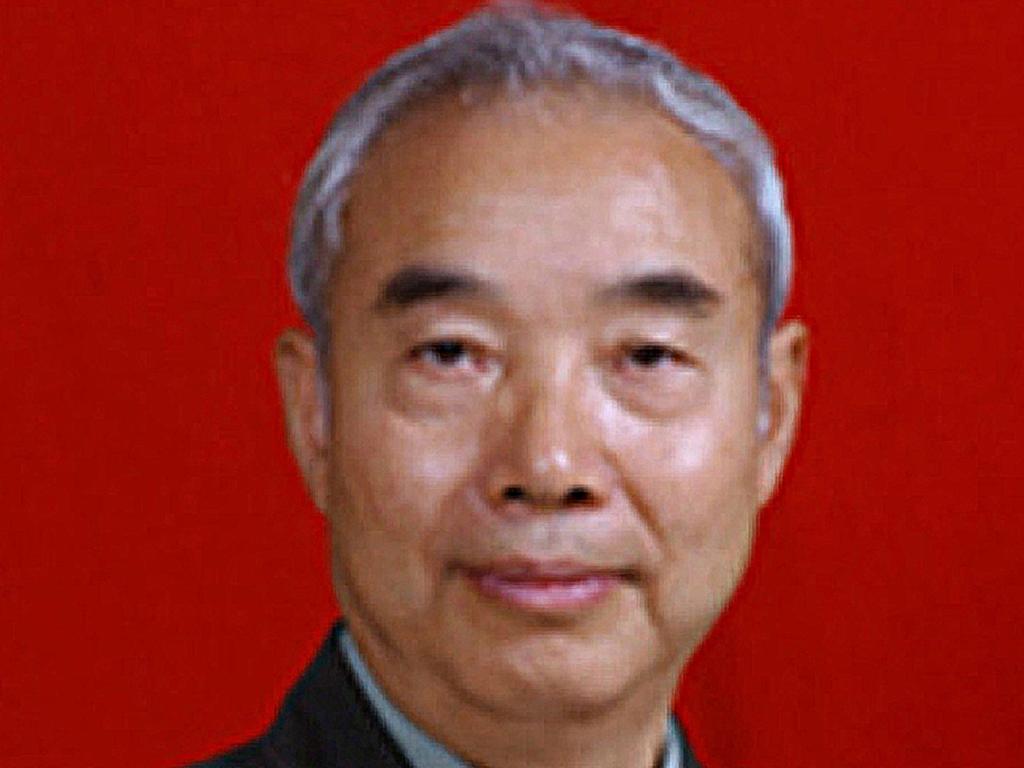
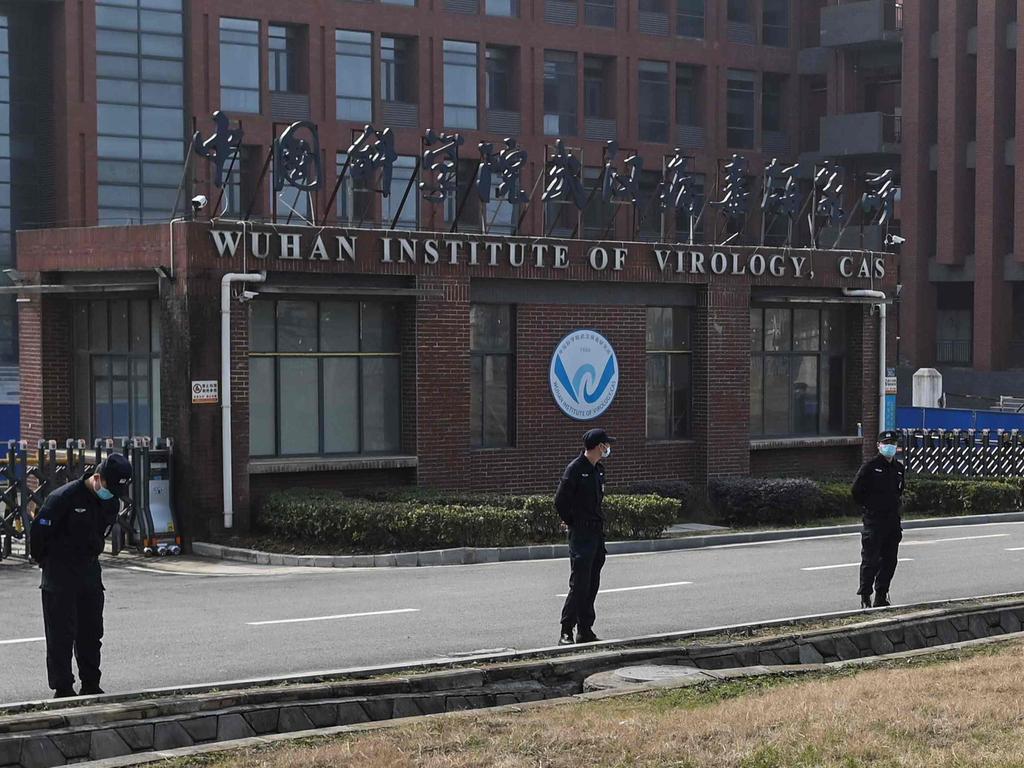
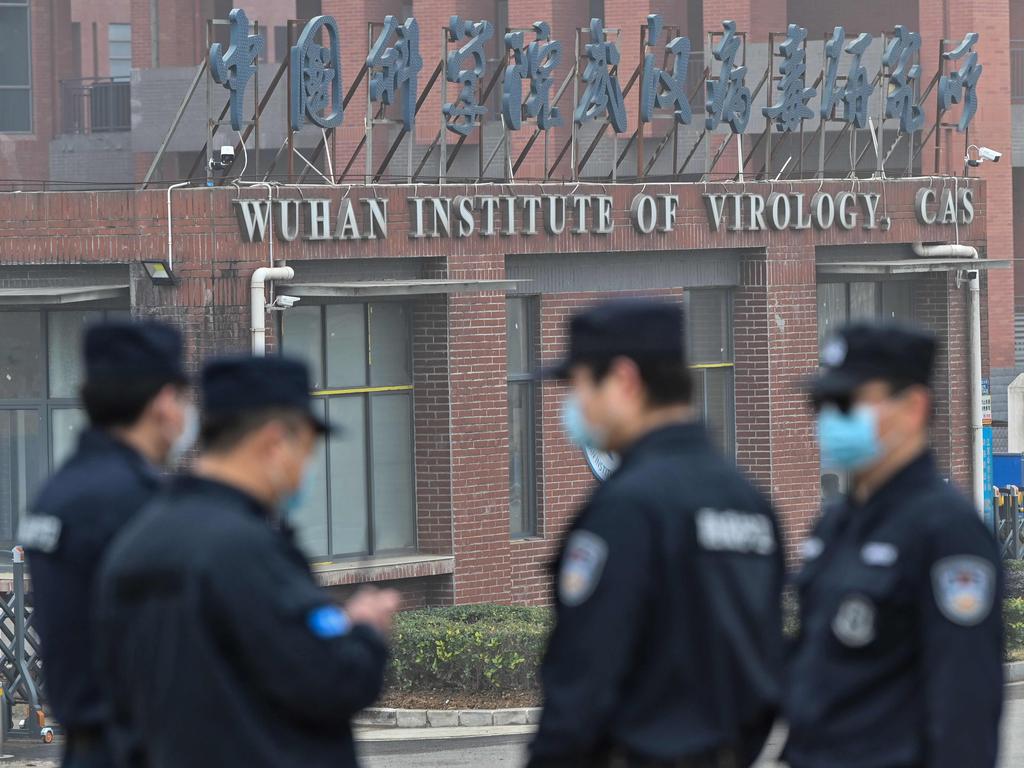
To join the conversation, please log in. Don't have an account? Register
Join the conversation, you are commenting as Logout